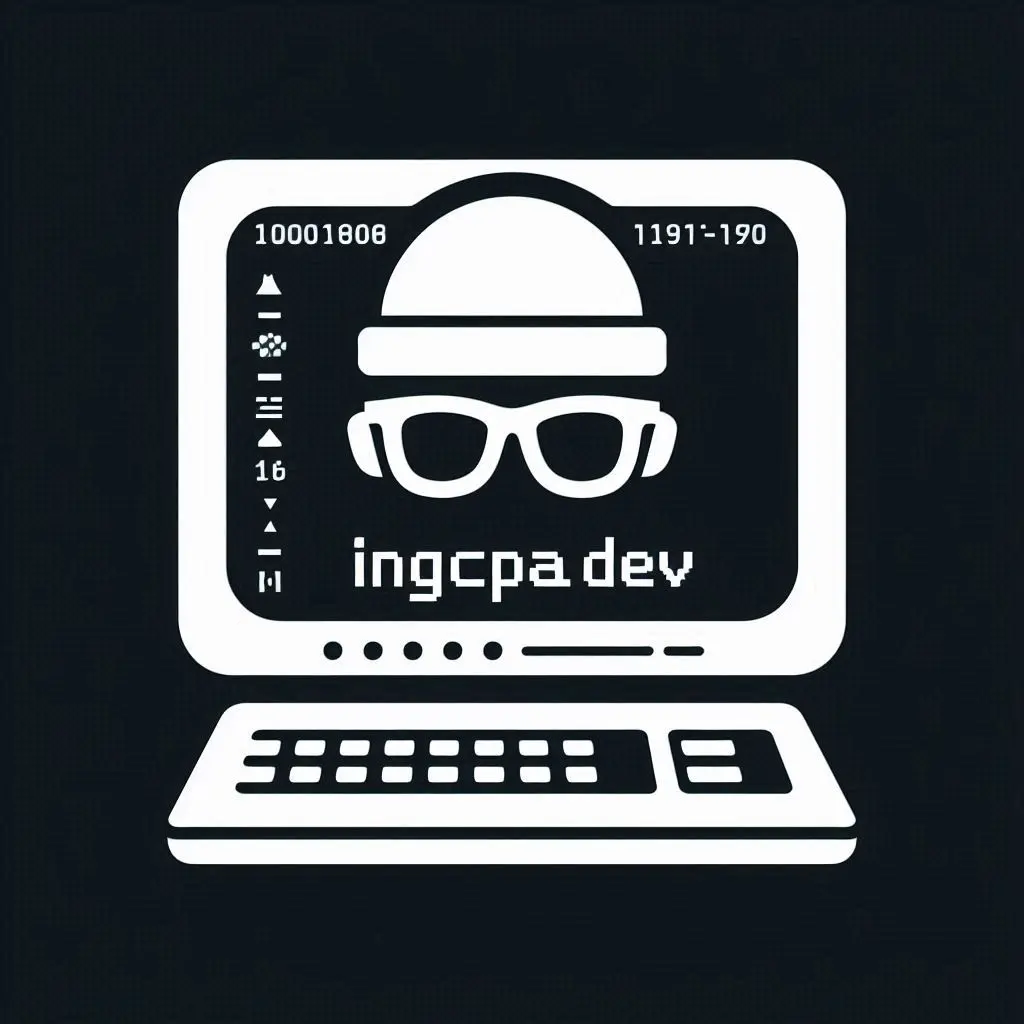
Stop Forgetting What You Read: Master the Art of Active Reading
If you’re someone who enjoys reading books, blogs, or newsletters, either for knowledge or just the love of reading, you’ve probably experienced this: a few weeks (or even days) after reading, you can barely recall half of what you’ve read. I remember when it first happened to me. I thought, “I spent two months reading this entire book, and now I can’t even remember half of it! How is that possible?”
I decided to look into this issue and discovered it’s a common problem among readers. But here’s the good news: there’s a way to fix it and actually retain the knowledge from your reading. Reading is only half the process; the real magic lies in the techniques you use afterward. Below, I’ll share the methods I’ve found most effective in helping me remember and understand what I read.
🤔 Why it’s so hard to remember what we read?
There are a few reasons why we forget. These include lack of focus while reading, passive reading, or even trying to multitask. To improve retention, it’s essential to practice active reading and eliminate distractions. This means reading in an environment that allows full concentration, poor focus makes it nearly impossible to remember what you’ve read.
Another key to retaining information is to connect new content with your existing knowledge. If the information feels disconnected or irrelevant, it tends to slip away faster. We also need to actively engage with what we’re reading by taking notes, making annotations, and highlighting key points. Memory formation requires intentional effort.
📖 Active Reading Technique
A major step toward retaining more of what you read is switching to active reading. This means engaging with the text while reading, staying focused, and making notes as you go. You can highlight key points, jot down comments in the margins, or use sticky notes if you don’t like writing in your books. Alternatively, you could use a notebook or digital tool to keep track of your thoughts.
Another effective active reading strategy is to ask yourself questions about the material. This forces you to think more deeply about what you’re reading, making connections with other parts of the book or knowledge you already have. Doing this helps solidify the content in your memory.
One exercise I love is creating a personalized index for the book I’m reading. This index includes page numbers and short notes that reference important highlights, annotations, or illustrations. It makes reviewing the book later much easier, as I can go straight to the key pages and revisit the parts that matter most.
💭 Making It Stick: Reflect and Review
After you’ve applied the active reading techniques, it’s time to reflect on and review your notes. Write down your thoughts, summarize the content in your own words, and highlight your key takeaways.
Reflection is crucial it helps cement the material in your mind. Make it a habit to regularly review your notes and summaries. When you revisit your notes, I recommend following the The “Campsite Rule” for your notes, which suggests improving your notes each time you revisit them. Pair this approach with spaced repetition (reading your notes at intervals) to make sure the information stays with you long-term.
🫶 Thanks for read the article
Next time you pick up a book, article, or any other content, try using these active reading methods. Be intentional about how you engage with what you read. Stop passively absorbing information and start generating your own insights, connecting concepts, and distilling the most relevant sections. You’ll find that this approach not only helps you remember what you read but also deepens your understanding, see you soon in the next post. 👋

